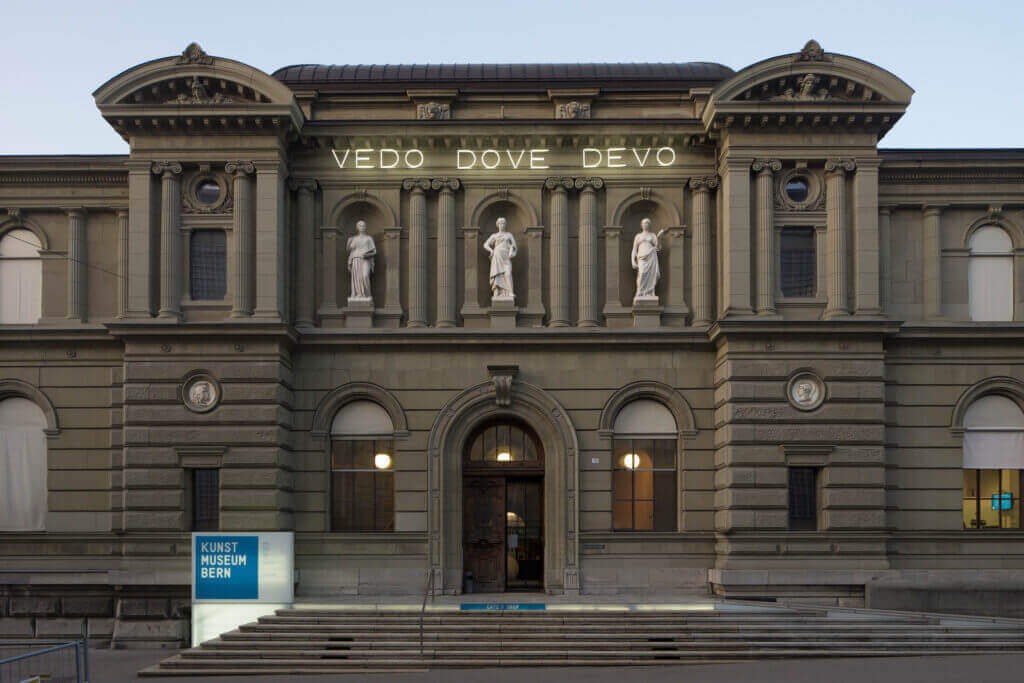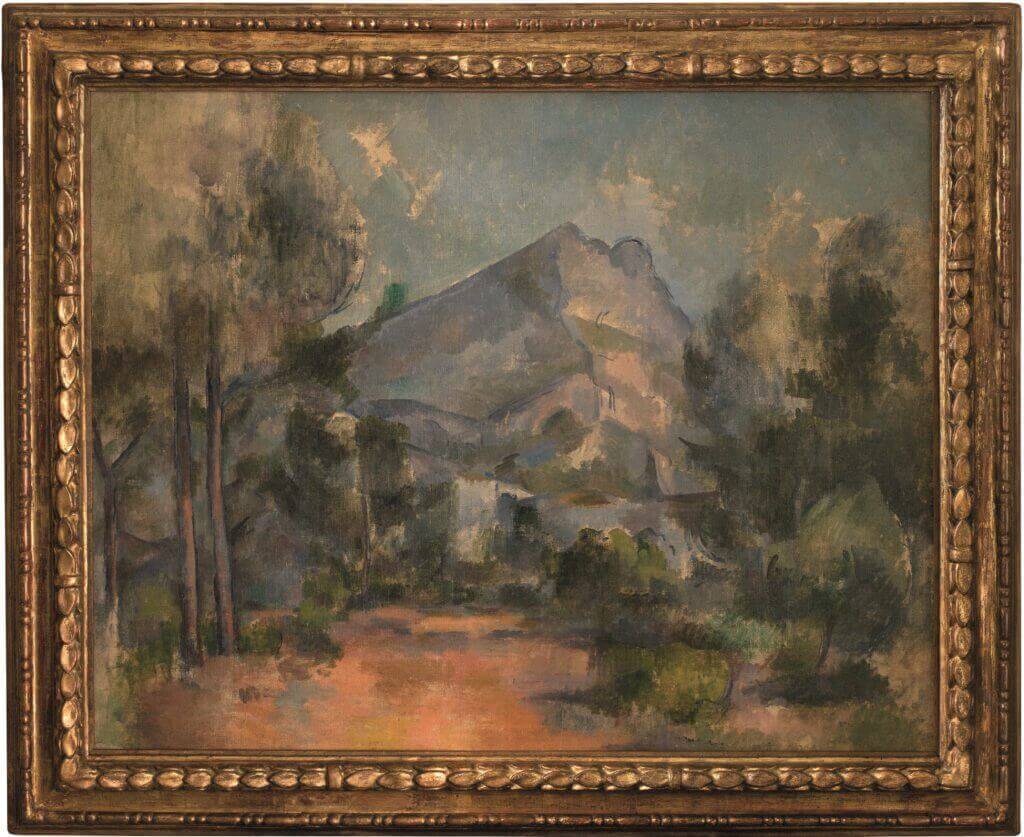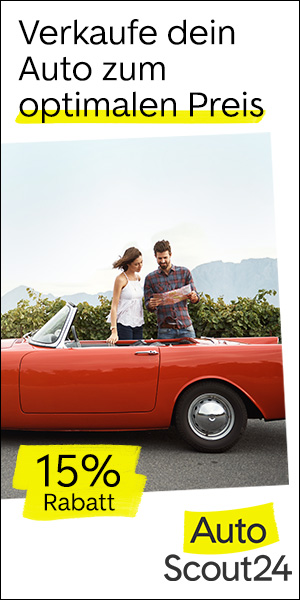
In November 2014, the Kunstmuseum Bern accepted the bequest of Cornelius Gurlitt. The canton is now stepping in with taxpayers’ money for in-depth scientific research into possible Nazi looted art.
The director of the Kunstmuseum Bern, Nina Zimmer, has announced the further processing of the Gurlitt issue with financial support from taxpayers’ money. “We are in good talks about getting additional support from the canton of Bern for the next performance contract period,” she told the left-leaning newspaper WOZ on Thursday when asked about future funding for the provenance research department.
The canton of Bern is the museum’s main financial backer anyway, she said. To date, however, this department has been financed purely by third-party funds, she said.
New era for Switzerland
The most important lesson learned so far from dealing with the Gurlitt legacy is that there is a time before and after Gurlitt in Swiss museums, she explained. “Today, it is taken for granted that the dimension of provenance is considered in all museum debates,” the 49-year-old emphasized.
But this does not mean that we have already achieved everything, she continued.

Paul Cézanne
La Montagne Sainte-Victoire, 1897
Öl auf textilem Träger, doubliert
73 x 91,5 cm
Kunstmuseum Bern, Bequest Cornelius Gurlitt 2014
But why should Switzerland come to terms with the problems with this German collection – after all, Cornelius Gurlitt’s father traded art in Germany during National Socialism? “One thing is clear: Switzerland is not a perpetrator nation like Germany,” said the museum director in this regard.
Accepting responsibility
However, there are many connections to Switzerland, especially with regard to the art market. That’s where you have to take a critical look, she told the paper. “As a Swiss institution, it is our responsibility to approach this in a self-critical manner,” Zimmer further emphasized, even though it is not even known to this day why Cornelius Gurlitt bequeathed his legacy to the Kunstmuseum Bern in particular.
According to the information, the Gurlitt works will now become part of the museum’s collection and the department for provenance research, i.e. the office for the processing of the origin of works of art, is to be continued with funds from the canton. “With everything we have learned from Gurlitt, we can now also take another critical look at it [our own collection],” the director of the Kunstmuseum Bern explained.
_____________________________________________
Gurlitt. Drawing the balance.
Kunstmuseum Bern from 16.09.2022 to 15.01.2023. The exhibition offers an in-depth insight into the Gurlitt legacy and its scientific reappraisal. The ethical guidelines, the legal foundations and the results of the project for provenance research are explored in depth in themed rooms.
With the legacy of Cornelius Gurlitt (1932-2014), around 1600 works of art from the estate of the art dealer Hildebrand Gurlitt (1895-1956) came to the Bern Museum.
These are being examined for possible cases of Nazi looted art and had generally sparked controversy over the acceptance of the bequest. A database also provides access to the entire estate.
18.08.2022/kut./ena.






